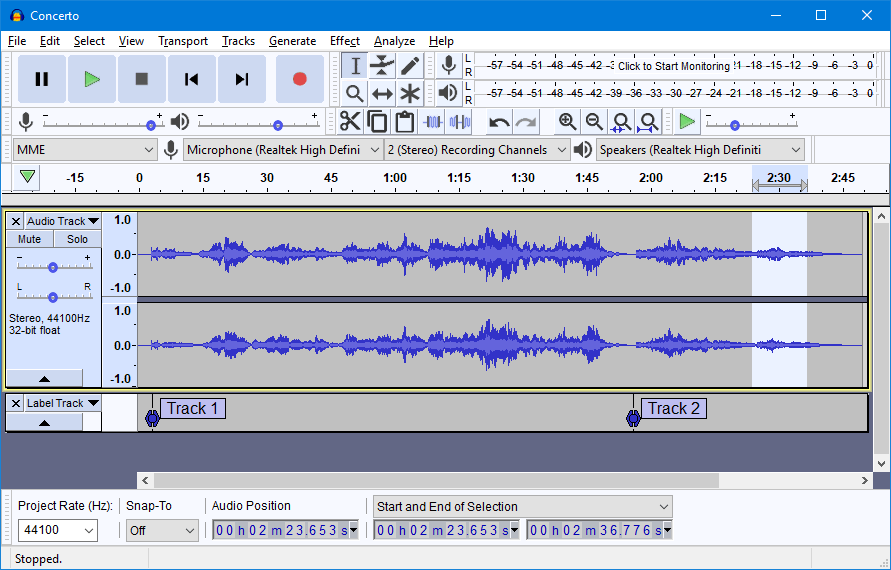All students study vocabulary, grammar, functions, practice skills. Yet some of them prefer to skip, neglect pronunciation practice due to different reasons. Some students have great difficulties hearing pronunciation features, some of them just don’t take it seriously and so on. It’s up to a teacher to decide how and when to include pronunciation teaching into lessons. If you have students who are ready to work hard and are willing to improve their pronunciation, introduce a shadowing technique to them.
Shadowing (also know as shadow reading/shadow listening) is a learning language technique developed by the American Professor Alexander Arguelles. The basis of the method is that you listen to a text in your target language. While listening, you attempt to repeat, to «shadow», what you hear as quickly as you hear it.
Shadowing helps students practise the pronunciation of individual words and phrases, connected speech, intonations, etc. Shadowing gets your mouth muscles moving as you train on language that you know is correct. Read more about the benefits of the technique here.
How to shadow?
You can provide learners with the transcript and asked to read along with the audio, or learners can work with the audio only. Here is the procedure which I use in my lessons.
Step 1
Choose a short authentic listening (audio or video), at natural speed with no artificial pauses, at or slightly below your students’ current level. The whole shadowing practice should be no longer than 20 minutes, so choose a short audio (one or two minutes long).
Step 2
Arrange pre-listening and while listening activities. Work with the content. It’s easier to apply the technique on materials that students understand. Have a vocabulary or grammar work if necessary.
Step 3
Ask students to listen to the recording and transcribe the text. Make a pause after each sentence, play several times if necessary.
Step 4
Play the recording for the second time and ask to mark stress, linking words, weak forms, intonation, pauses, voice pitch.
Step 5
Students practise these aspects of pronunciation by reading the text to themselves.
Step 6
Play the recording again and ask to read the text (like simultaneous interpreting). Students should try to imitate the pronunciation as much as possible, repeating after the speaker as soon as possible. Don’t stop the audio! Do the shadowing with one audio for several days — move to a new audio when you feel your students had enough. Professor Alexander Aguelles also advice to walk around and articulate loudly and clearly while shadowing.
Here is an example of shadowing itself.
Step 7
As a final step, your students might record their speaking and them compare with the original one. Use the application Audacity to record and compare speech patterns.

Audicity is a free, open source software for recording and editing sound, which is easy to use. You can record your voice with Audacity (select your microphone as the input device in the settings and you can start recording) or just import your MP3 file into Audacity. Your students can analyze sound waves, see if they have done the pauses, stress at the right time, if they have connected the words or pronounced them separately.
Using shadowing techniques students can improve their pronunciation, word stress, intonation, rhythm, connected speech.
Have great lessons!






 Вероника Аветисян
Вероника Аветисян 
 Маргарита Аветисян
Маргарита Аветисян 



Could you please provide examples of the text to shadow? I am struggling to choose
Ted Talks
Thanks for a wonderful artical. It is really useful.